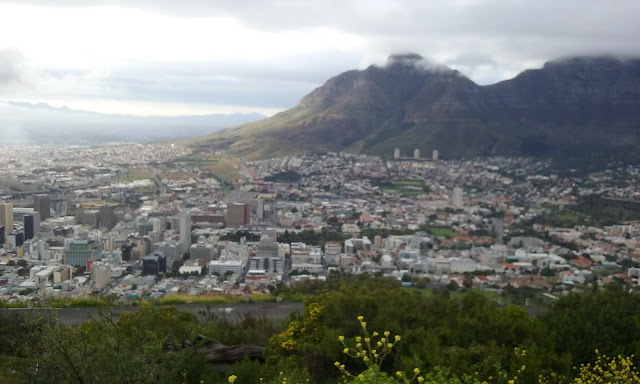Contour plot applications: Why should you use them?
Contour plots are a very useful tool that can be
used in several fields for showing information. As one image is worth one
thousand words, the best way to define a contour plot is the following example:
Figure
1. Isobars map
Everyone has seen these lines when watching the
weather forecast. Some lines appear on the map, and they have a certain value
assigned to them. In this case the value gives us the pressure that can be found
all over the line, which are called isobars. The closer the isobars, the
stronger the wind in that region will be. For example a strong wind is expected
in Lisbon. The distribution of the isobars helps to forecast some weather behaviours such as anticyclones and cyclones. The first ones are associated
with stable weather and the second ones to unstable weather.
Coming back to the original question: what are the
contour plots? The contour plots are graphs in which each line shows one value with
relevant information for the problem in hand. In the weather forecast, the
lines are telling us all the places that have a certain pressure. It can be
easily seen that the pressure in Brussels is very similar to the one in Vienna,
whose value is around 1012 millibars. Topographical maps also work with the same
idea.
Now I am going to expose an example related to
bridges which is the structure that I am investigating in my research project.
We are going to create a contour plot in which a bending moment will be shown. The
bending moment is defined as the distance between one support and the force
multiplied by the force, as shown in Figure 2.
Figure
2. Bending Moment (M) definition
Bending moment is going to depend on the location of
the bridge section being investigated and on the position of a force. For
example, we are going to analyse the behaviour of a 20 m length (L) simply
supported bridge for sections every meter, when having a 20 kN force (P) also at every meter. We start putting the
force on the left support, obtaining a row matrix of zeros, as x=0, at every point of the
bridge.
Then we put the force 1 m from the left support (x=1). The bending moment
equation for this situation is the following:

where a is the distance from the left support to the
position of the bridge we want to analyse. Do not confuse x with a, x is related to the position of the force in the
bridge and a is related to the position of the bridge.
Therefore, a row is obtained for the force situated at x=1 m, and we place it below
the results obtained when the force was on the support (i.e., row with zeros
below). We repeat the procedure until x=20 m and we obtain a 21 x 21 matrix like this (in kNm):
The information of this matrix that combines the value
corresponding to the position of the force, in every row of the matrix, and the
information regarding the position analysed of the bridge, in every column, can
be plotted in a contour plot like the following:
Figure
3. Bending moment contour plot of a 20 m bridge under 20 kN point load.
The advantage of this plot is that we can predict the value of
points that we have not calculated before and visualise a picture of the bridge
response anywhere. For example, if we want to know the value in the bridge
position 4.5 m when the force is at 9 m from the left support, we can estimate
that the bending moment would be a bit less than 50 kNm. When using the formula,
a bending moment of 49.5 kNm is obtained. It means that with a glimpse we can
access to all the data. Therefore, if you are frustrated in your work, remember
to use this tool. It can make you discover unexpected relationships between
parameters and give you hints to move forward. Try it!




























